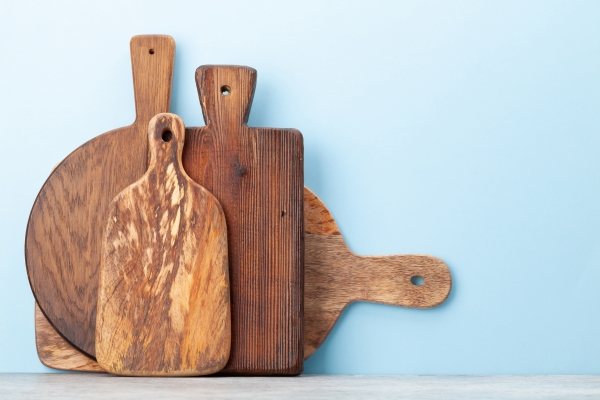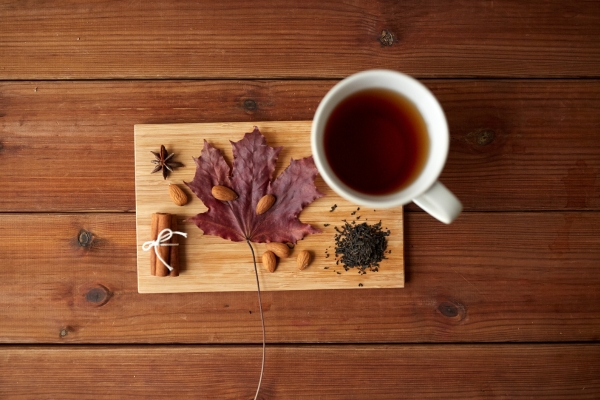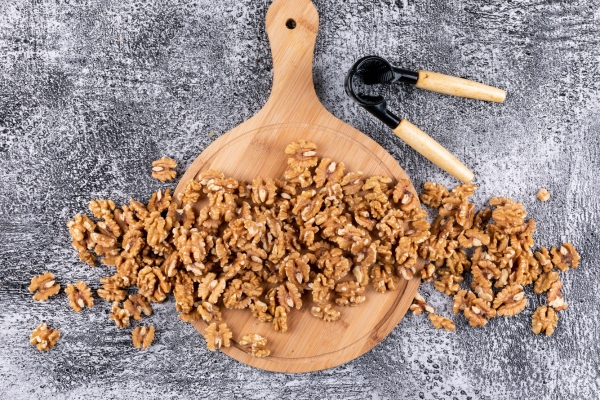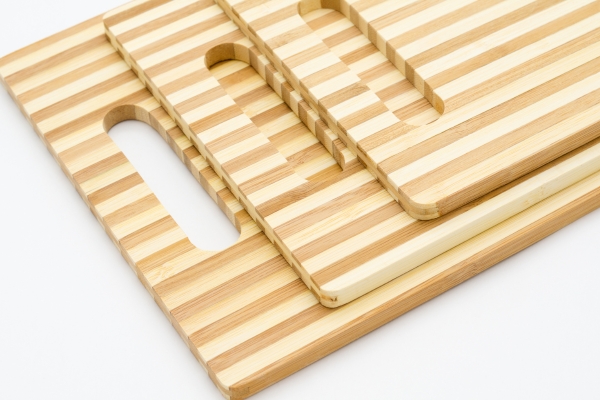When selecting materials for kitchen essentials, understanding what wood is good for cutting boards is crucial. Cutting boards are a staple in every kitchen, and choosing the right wood can make a significant difference in durability, hygiene, and maintenance. Various types of wood, such as maple, walnut, and bamboo, offer unique benefits and aesthetics, making them popular choices among home cooks and professional chefs alike. In this article, we will explore the best wood options for It, helping you make an informed decision for your culinary needs.
Why Choosing the Right Wood Matters
Choosing the right wood for It is essential for several reasons. The type of wood you select affects the longevity and performance of the cutting board, influencing how well it stands up to daily use. Additionally, the right wood can impact food safety, as certain types of wood are less likely to harbor bacteria. A well-chosen it also enhances your kitchen’s aesthetic appeal, making food preparation more enjoyable. Understanding what wood is good for ensures you invest in a product that will serve you well for years to come, offering both practical and visual benefits.
Top Woods For Cutting Board
- Maple
- Walnut
- Cherry
- Bamboo
Characteristics of Ideal Cutting Board Woods

1. Durability
One of the most important characteristics to consider when determining what wood is best for cutting boards is durability. Hardwoods like maple and walnut are renowned for their toughness, making them excellent choices for It. These woods can withstand heavy chopping and cutting without significant wear and tear. Durability not only extends the life of the cutting board but also maintains a smooth surface that is gentle on your knives.
2. Porosity
Porosity is another critical factor to consider. Woods with lower porosity, such as maple and cherry, are preferable because they are less likely to absorb moisture and bacteria. This characteristic makes them more hygienic and easier to clean, reducing the risk of cross-contamination during food preparation. Understanding what wood is good for cutting boards involves choosing types that balance porosity and durability to ensure safety and longevity.
3. Grain Structure
The grain structure of the wood significantly influences the cutting board’s performance and maintenance. Woods with a tight, fine grain, like maple and walnut, are ideal because they are less likely to develop deep cuts and grooves where bacteria can hide. Additionally, the end grain structure, often seen in butcher block It, is particularly beneficial as it allows the knife to cut between the wood fibers, preserving the sharpness of your blades and extending the cutting board’s lifespan. Understanding what wood is good for It helps in selecting materials that combine these beneficial characteristics for optimal kitchen use.
Maple Cutting Board

Maple cut boards are a top choice among both home cooks and professional chefs. Known for their exceptional durability, maple boards can withstand heavy use without significant wear and tear. Maple is a hardwood with a tight grain structure, making it less porous and more resistant to bacteria and moisture absorption. This characteristic ensures that maple It are not only durable but also hygienic, making them a safe and long-lasting addition to any kitchen. Additionally, maple’s light color and smooth surface provide an attractive and functional workspace for all your culinary needs.
Walnut Cutting Board

Walnut cutting boards offer a perfect blend of elegance and functionality. It wood is slightly softer than maple, providing a gentle surface that is kind to your knives, helping to maintain their sharpness. Despite being softer, walnut is still a durable hardwood, capable of enduring regular use in the kitchen. Its rich, dark color adds a touch of sophistication to any kitchen decor. The tight grain structure of walnut wood also means it is less prone to absorbing moisture and harboring bacteria, ensuring a hygienic surface for food preparation.
Cherry Cutting Board

Cherry It are prized for their beautiful reddish hue and smooth finish. It wood is a medium-hardness hardwood, offering a good balance between durability and knife-friendliness. Like maple and walnut, cherry has a tight grain structure that resists moisture and bacterial growth, making it a safe and sanitary choice for cutting boards. Over time, cherry wood develops a rich patina, enhancing its natural beauty and adding character to your kitchen. Its attractive appearance and reliable performance make cherry a popular choice for It.
Bamboo Cutting Board

Bamboo It are an eco-friendly alternative to traditional hardwood options. It is technically a grass, but it offers hardness and durability comparable to hardwoods like maple and walnut. Bamboo cutting boards are naturally resistant to moisture and bacteria, making them a hygienic option for food preparation. Additionally, bamboo is a sustainable resource, growing quickly and requiring less water and pesticides compared to traditional hardwood trees. Bamboo It are not only functional and durable but also an environmentally conscious choice for your kitchen.
Woods to Avoid for Cutting Board
When considering what wood is good for, it’s important to also know which woods to avoid. Softwoods like pine and cedar should be avoided as they are too soft and prone to deep cuts and gouges, which can harbor bacteria. These woods are also more porous, making them susceptible to moisture absorption and warping. Additionally, woods with high tannin content, such as oak, should be avoided as they can impart unwanted flavors to food and are prone to splitting and cracking. Choosing the right wood ensures a durable, hygienic, and long-lasting it.
Conclusion
Selecting the right wood for cutting boards is essential for ensuring durability, hygiene, and functionality in your kitchen. Maple, walnut, cherry, and bamboo are excellent choices, each offering unique benefits that cater to different preferences and needs. These woods are durable, have tight grain structures, and are resistant to moisture and bacteria, making them ideal for It. On the other hand, avoiding softwoods and tannin-rich woods is crucial to prevent issues with durability and food safety. Understanding what wood is good for It allows you to make informed decisions, ensuring your cutting board remains a reliable kitchen tool for years to come.
